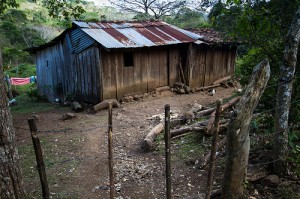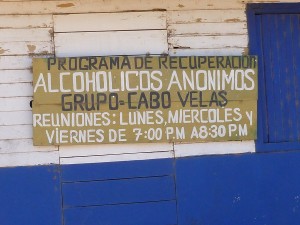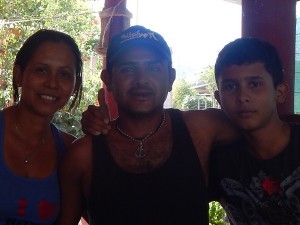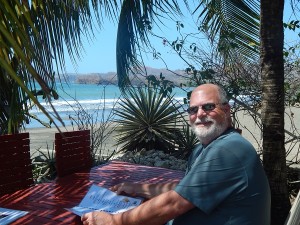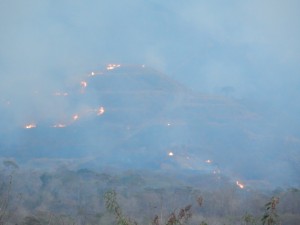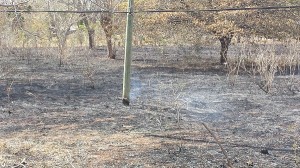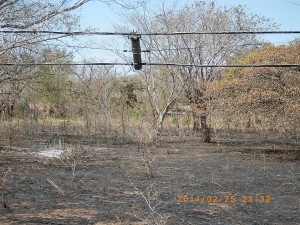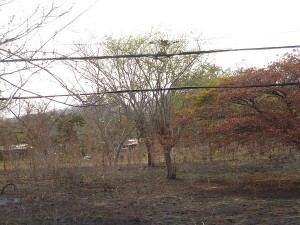Last night, in Costa Rica, Heide and I came face-to-face with true poverty…and it broke our hearts.
Growing up, I had little idea that we weren’t wealthy. But looking back on my childhood, I realize my brother and I grew up in a loving but poor family by USA standards. We didn’t have the fanciest clothes, a color TV, lots of toys, or the latest model cars. We didn’t have much money to spend (although we conned Mom into buy a set of Compton’s Encyclopedias–on time payments of course!) and just didn’t seem to have many of the “things” other kids had. But we had our parents, a roof over our heads, and food in our bellies.
Over the past 40 years, I have worked with impoverished kids in some of the poorest cities of Connecticut and Pennsylvania such as Hartford, Bridgeport, Harrisburg, Steelton, Reading, and Phildadelphia. I have seen much in the way of inner city poverty in their schools and communities. But most of the kids and families I came in contact with (not all mind you) were in school, had homes to go to afterward even though one or both parents might not be present. Until last night, I had not seen primitive, rural poverty.
One of the common practices here in Costa Rica is hitchhiking. In an earlier post, I wrote about our experience of picking up a young lady and giving her a ride home to Portegolpe. Another day, we were driving out of Tamarindo on our way back to Playa Flamingo and a young, very pregnant lady had just missed the bus and was standing in the 95+ degree heat. How could we pass a pregnant women and leave her standing there? Our consciences wouldn’t let us drive on so we stopped to pick her up (for the record, she was not packing a machete). We had a delightful conversation in broken English (her) and very broken Spanish (us). It was fun. She had a job in a grocery store, was doing well by Costa Rica standards and was heading home from work.
However…last evening we came face-to-face with true poverty and the realization sunk in that I and all my friends and family (yes, you!) live privileged lives by comparison. We were headed to a really nice, upscale restaurant looking forward to a delicious Italian dinner about 20 miles away–we’d been there before and it was perhaps the best meal we had in Costa Rica so we considered a repeat performance mandatory. But as we were leaving Playa Flamingo, we passed a women hitchhiking with two small children–a little girl (10 years old) and a baby (1 year old). We couldn’t resist. When we stopped, they literally ran to catch up to our car so we wouldn’t drive off. This was about 6:00 PM local time, just around sunset.
They looked absolutely exhausted and were carrying nothing–no suitcase or pack but only the clothes on their backs. By way of our broken “Spanglish,” the mother told us they live on the “frontier” of Nicaragua just over the boarder with “no casa” (house). Her and her five children (the older ones were still back in Nicaragua) live in a make-shift shelter eking out an existence. She and her two youngest had been walking for three days from Nicaragua trying to get to family living in Limón, a city on the east coast of Costa Rica, in search of help and to find work. They didn’t appear to have passports so they likely sneaked across the boarder into Costa Rica, as many Nicas do, in search of a better life. They were trying to get to San Jose (the capital) in the hope of finding transportation to the east coast.
My best guess is that they had already walked and hitchhiked some 200 miles to get to where we picked them up in Playa Flamingo. They came down the coast to avoid the attention of police along the main roads. With more than 270 miles to go to reach Limon, a daunting trip still lies before them. They were tired, hungry, had no Pampers for the baby, and looked like they were going to have a rough night at the least and a very hard next few days. In the course of our conversation, Heide said to the mother quietly, “Le ayudamas” (We help.) and gave me a nudge and questioning look (RIGHT?). I was already discretely digging out my wallet.
We took them to the small town of Huacas where there is a bus stop that could take them on their way to San Jose and found a soda (small roadside restaurant) that was still open at that hour in the hope they could get something to eat. As they got of the car, I gave the mother all the money I had in my wallet (¢80,000 colones…about $160 USD). Considering the per capita income in Nicaragua is about $275 US per month, I had handed her a small Nicaraguan fortune.
As they exited the car, Heide said, “Vaya con dios.” (Go with God) and the mother replied, “Te bendiga” (bless you) with tears in her eyes. They went straight to the soda for something to eat. I hope they used some of the money for Pampers, baby food, and a good night’s sleep. I wish them well on their journey.
Vaya con dios, indeed.
——————————
Facts about Nicaragua
Nicaragua is one of the poorest countries in Central America. The World Food Program estimates that more than 40 percent of the rural population lives in poverty and about half of Nicaraguan workers are unemployed.
The country’s vulnerability to natural disasters has slowed economic growth.
The World Food Program estimates that in some areas, more than 40 percent of children under the age of 5 suffer from chronic malnutrition.
While an estimated 93 percent of children enroll in primary school, many children do not finish school because they must work to help support their families.

